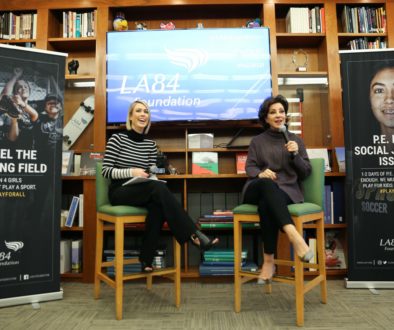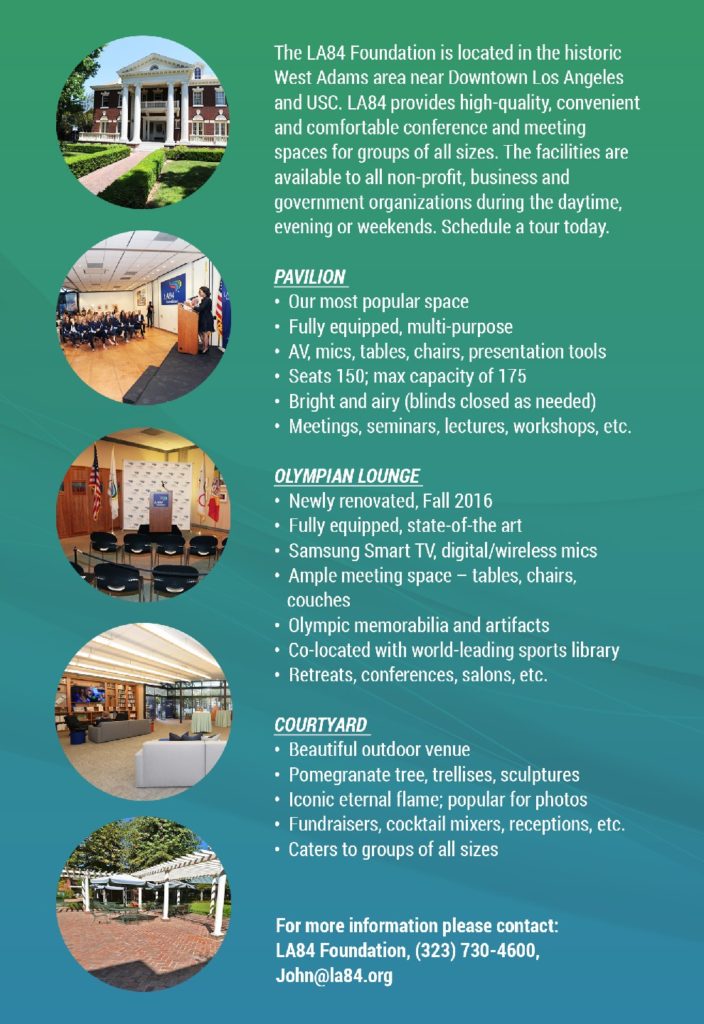Experiencing an ACL Injury
 There is an interesting article in today’s New York Times by writer and concerned mother Gretchen Reynolds about her 16-year-old son’s knee injury.
There is an interesting article in today’s New York Times by writer and concerned mother Gretchen Reynolds about her 16-year-old son’s knee injury.
She writes:
Before my 16-year-old son wracked his knee this summer, I considered myself a well-informed medical consumer and a relaxed, dispassionate sports parent. It turned out that I was neither.
The experience has been disconcerting but also educational, allowing me to develop a checklist of practical information to help other families deal with a serious sports-related knee injury, and particularly a torn anterior cruciate ligament [ACL].
A couple of items from her “checklist:”
It is important, however, to be fully conversant with your child’s injury. Ask for copies of any scans and for accompanying radiologist’s reports, which might not otherwise be included. Ask to have terminology explained in excruciating detail. If your child is a teenager, he or she should be in attendance during these explanations, I think, although that decision is yours.
and
One ACL tear can contribute to an increased risk of another tear later, especially if he or she returns to competitive sports.
“Sometimes you need to consider whether just maybe your child should do something else,” said Dr. Andrew Veitch, a professor of orthopedic surgery at the University of New Mexico and the head team physician for the university’s sports teams. A young athlete with a wounded knee might, for example, want to think about taking up low-impact swimming or bicycling instead of returning to soccer or football, in which case he or she could probably skip surgery.
But, as some mothers might say, “an ounce of prevention is worth a pound of cure.”
According to the article, ACL tears “occur at the rate of about 40 per hour in the United States.”
SportsLetter wants you to know, though, that the number of ACL injuries wouldn’t be so ridiculously high if coaches cared more about their athletes’ health and less about their won-lost records. Programs like PEP have been proven time after time to significantly reduce the ACL injury rate. Coaches just need to take ten minutes out of their precious practices and have athletes perform a few simple exercises.




